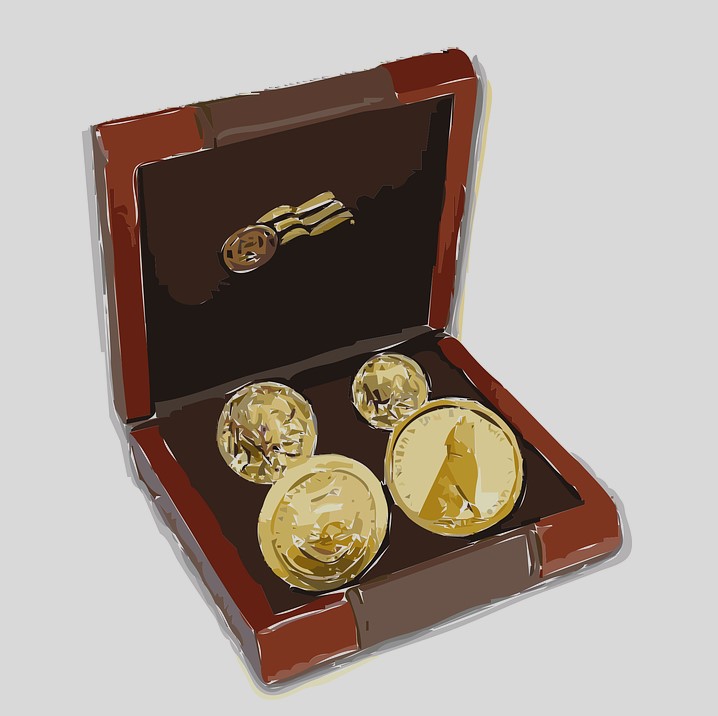If you are interested in taking part in the popular and addictive hobby of coin collecting, realize that it will take a great deal of time and effort on your part to become an enthusiast and do all the research, article reading, taking part in forums and discussions, etc. that is needed to educate you on the descriptions and values of individual coins. You also have to decide how to display your coins, what markets are best to put appropriate coins up for sale, and much more.
Age does not necessarily make a Coin worth more
The value of a coin is determined by mintage, condition, state of preservation, grading, scarcity, and demand. There are ancient Roman coins over 1,600 years old that can still be purchased for $30 or less! The 1935, 1944, and 1953 pennies are typically worth only five or ten cents, and the 1941 Lincoln wheat cent is only worth a few cents. On the other hand, the famous 1909-S V.D.B. cent is worth between $750 and $2,500 based on its condition.
Find Mint Coin Distributors
Two of the highest recommendations are the following. The United States Mint is a website of coins and their history, purchasing present coins and mint products, consumer alerts, upcoming events, new products, current legislation, and design competitions for future coins. If your search is for older coins, you would go to a coin shop or find them online. The NGC World Price Guide is one of the most authoritative databases of world coin prices and covers coins from 1600 to the present date. The complete catalog has the country of origin, coin values, images, composition, weight, bullion value, artist/engraver, and edge type. The information is free.
Don’t put labels on the Coins
You want to prevent wear and tear, smudges, scratches, and fingerprints, so labels would be bad news. It is easier and far safer to choose between albums, coin holders, mylar protectors, tubes, binders, slabs, or even Zip-type baggies if you are just collecting coins and haven’t been able to go through them yet.
Handle High-quality Coins with Gloves
Hold them by their edges between forefinger and thumb. That protects the designs and surfaces from natural oils in palms or fingers. These oils can corrode the coin surfaces over time and damage the color and design. Experienced collectors use soft cotton gloves to protect coins during handling, though just about any glove type should work as long as it isn’t abrasive like rubber or nylon.
Coin Cleaning Tips
Improper coin cleaning can do harm to valuable pieces. High-quality proof and uncirculated coins should never be cleaned as that can cause a permanent loss of the original mint finish, color, and value or should only be cleaned by experts. With resources like Hobbymaster, learn about coin collecting in detail and how to purchase the supplies needed to assemble, organize, and display your collection. This can include coin care and handling materials, displays, and even starter coin packages to get your collection going.
Coin books and online coin value guides show what should be best for you whether you are looking for affordability or a professional method if you have any rare coins.
